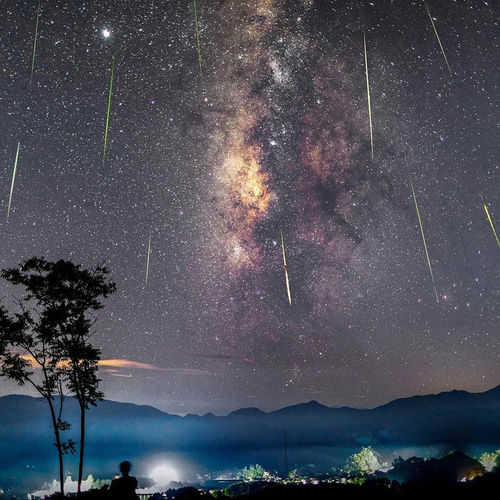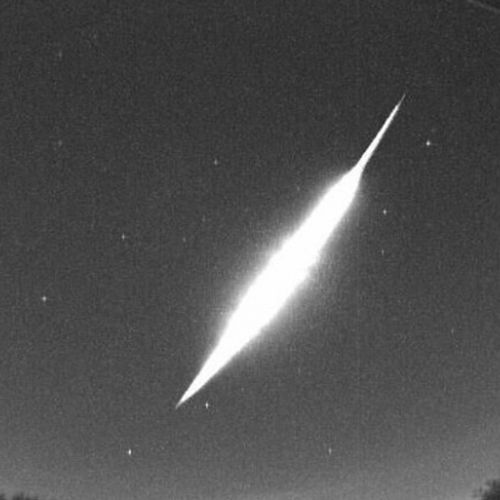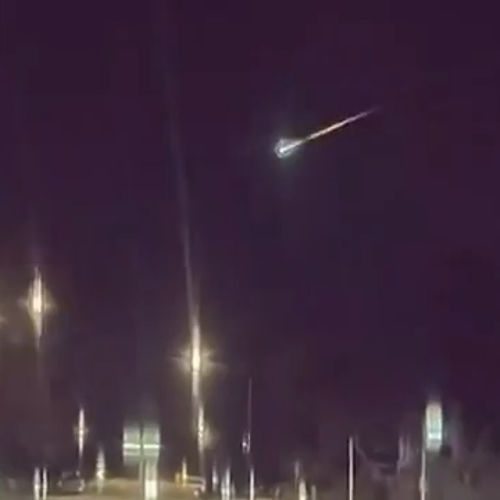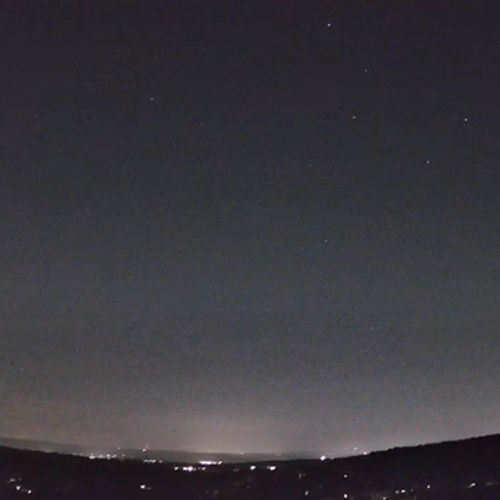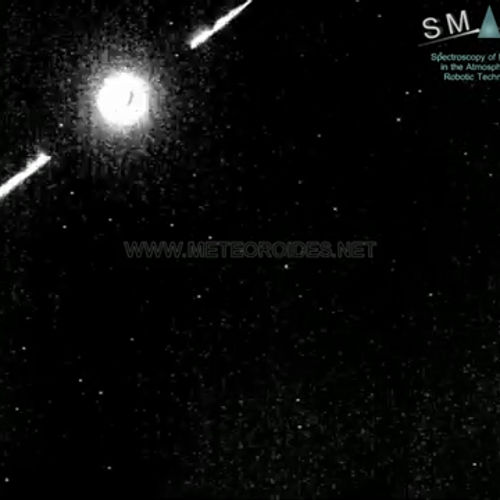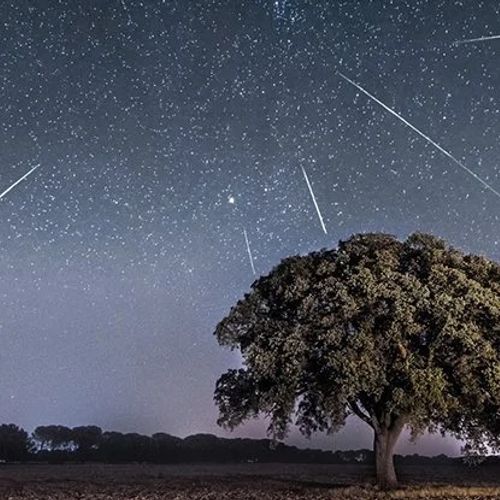
| Added | Wed, 04/05/2022 |
| Источники | |
| Дата публикации | Wed, 04/05/2022
|
| Версии |
There is something wonderful about sitting under the night sky and watching the meteor shower passing overhead. However, observers in the Southern Hemisphere usually don't get much, since most of the best meteors are observed north of the equator.
However, every May, southern observers get a special pleasure - the meteor shower of Eta-Aquarids. This year the conditions promise to be perfect, which makes it an ideal opportunity to observe autumn meteors.
The predicted peak of the Eta-Aquarida flow this year falls on the morning of Saturday, May 7. [Australian time - ed.] The moon is far from the road, so meteors will not get lost in its glare.
But what if the sky is overcast? If you miss the morning peak, don't panic! Eta Aquariids are famous for their wide peak, and the intensity of meteors usually remains high for a week after the peak (May 4-11). So if it's cloudy on Saturday morning, try looking again on Sunday or even Monday.
To get the best view, it is better to get up early in the morning and stay away from the bright city lights. Give your eyes time to adjust to the darkness. Sit back, relax and look at the sky.
You won't even need a telescope! To better observe meteor showers, you need to look at the widest possible area of the sky. Using a telescope or binoculars will make this spectacle almost impossible.
Dust and debris of the famous comet
As the Earth moves in orbit around the Sun, it constantly collides with dust and debris from comets and asteroids. Every April and May, the Earth spends about six weeks passing through the river of dust left by the famous comet 1P/Halley.
Every 76 years or so, Halley's comet sweeps close to the Sun. Its icy surface heats up until the ice escapes into space in a process called "sublimation". As a result, the comet is enveloped in a gaseous coma, which flies away from the Sun, forming the tail of the comet.
The gas coming out of Halley's surface carries with it grains of dust, which gradually spread along the comet's orbit. Some are moving ahead of the comet, others are lagging behind.
For thousands of years, the space around Halley's orbit has been covered with dust grains. In fact, the comet is moving through a dirty blizzard of its own production! And every year the Earth passes through this wide river of dust, generating a meteor shower of Eta-Aquarids.
Interestingly, in October, the Earth collides with the Halley debris again, causing the famous Orionid meteor shower. But every year in May we get the best sight - the meteor shower of Eta Aquarii, because at this time we are approaching the center of the dust stream.
Where to look?
When the dust left by the comet crashes into the Earth's atmosphere, it turns into a spectacular fiery streak of light high in the sky. This usually occurs at an altitude of about 80 km (50 miles) above earth, although the largest debris can penetrate quite deep into the atmosphere before completely burning up.
Dust grains in a meteor shower move around the Sun at almost the same speed and in the same direction. This means that when the grains fall to the Ground, they move in the same direction.
But when they move towards an observer on earth, from the point of view of this observer, their paths diverge, and it seems that they radiate from one point in the sky. This point is known as the "radiant" of the shower.
Meteor showers are named after the constellation in which their radiant is located. Thus, the Eta-Aquarii radiant is located near the Eta-Aquarii star, the tenth brightest star in Aquarius.
To see Eta Aquariums, you need to wait for the radiant to rise - before that, the Earth's body interferes. We were lucky in the Southern Hemisphere: the radiant of this Aquarid rises in the east at about 1:30 - 2 a.m. local time.
Although Eta-Aquarii meteors can be seen anywhere in the sky, the ideal place to observe the largest number of meteors is about 45 degrees to the left or right of the radiant itself.
Fortunately, this year we have another spectacular sight in the morning sky. Four planets - Saturn, Mars, Jupiter and Venus - will line up in one line. To see the best meteor show, look 45 degrees to the left or right of this line of planets.
To see how the planets and the radiant will rise from your location, visit the Stellarium Planetarium website, set your location and move the date and time to the morning of May 7. If you turn on "constellations" and "the art of constellations" (at the bottom of the screen), you will be able to watch the sunrise of Aquarius and the planets without looking up from the computer.
How many meteors can I see?
Eta Aquariums is the second best meteor shower of the year for the residents of Australia. They can put on an impressive show - but don't expect meteors to fall like snowflakes.
When the radiant rises above the horizon for the first time, at about 1:30 a.m., meteors from this stream will be few and far between. If during the first hour you see five or six Eta-Aquarids, consider yourself lucky.
However, these early meteors can be really impressive. Known as "earth scavengers," they often appear to sweep from one horizon to another across the sky. Terrestrial grasers are the result of meteors falling into our atmosphere at a very small angle, almost at the edge. They are rare, but they are incredible to watch!
As the night continues and the radiant rises higher into the sky, the number of meteors should increase. In the pre-dawn hour, it will be possible to observe from 20 to 30 meteors per hour.
And one more warning: meteors are like buses - if you expect 30 meteors per hour, you can wait ten minutes and see nothing, and then three will arrive at once. Be sure to dress warmly so that you can stay under the stars for at least half an hour, or even more! The Conversation
Jonty Horner, Professor (Astrophysics), University of Southern Queensland and Tanya Hill, Honorary Fellow of the University of Melbourne and Senior Curator (Astronomy), Museums Victoria
Новости со схожими версиями
Log in or register to post comments

